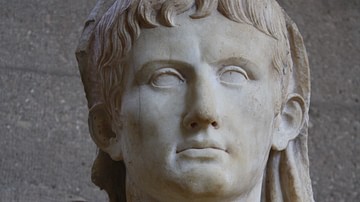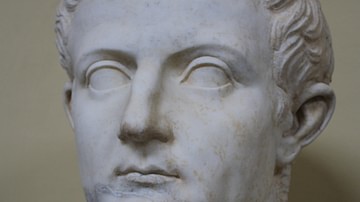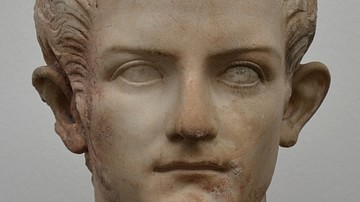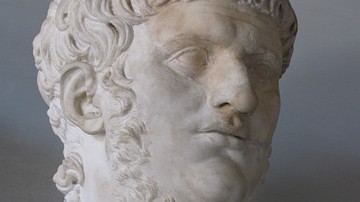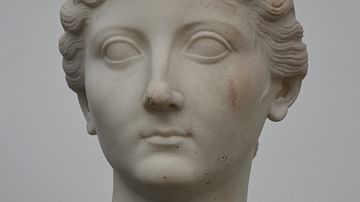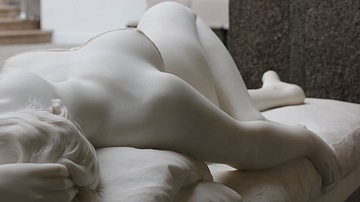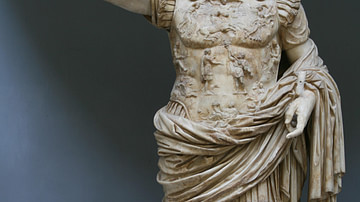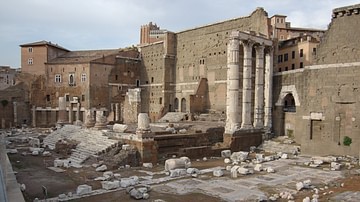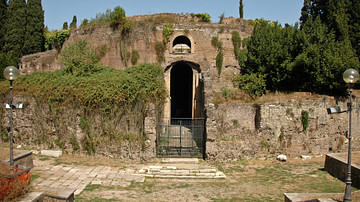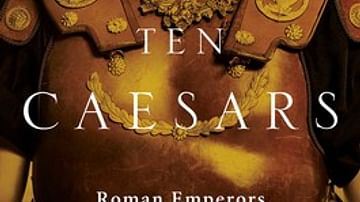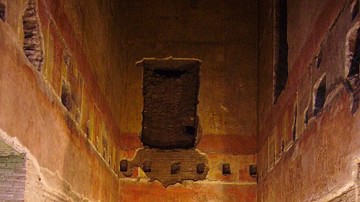The Julio-Claudian dynasty is the collective name given to the first five emperors of the ancient Roman Empire. The name of the dynasty derives from the names of the two families from which its members came: the Julii Caesares and Claudii Nerones. Beginning with Rome's first Emperor and ending with the most infamous, the period they reigned covers 27 BCE to 68 CE.
The Julio-Claudian Dynasty consisted of five Roman emperors:
- Augustus (r. 27 BCE - 14 CE)
- Tiberius (r. 14-37 CE)
- Caligula (r. 37-41 CE)
- Claudius (r. 41-54 CE)
- Nero (r. 54-68 CE)
In this collection of resources, we examine each emperor in depth and consider both their achievements and failings, from the Pax Romana to the Great Fire of Rome. We also look at two important women of the period, Livia Drusilla and Valeria Messalina, the wives of Augustus and Claudius respectively.
An ambitious building program was initiated in which Augustus completed the plans made by Julius Caesar and then continued on with his own grand designs. In his famous inscription Res Gestae Divi Augusti (The Deeds of the Divine Augustus) he claims to have restored or built 82 temples in one year. The famous public Roman baths were constructed under Augustus by his second-in-command, Agrippa, and the poet Virgil composed his epic the Aeneid. Augustus took great personal concern in the arts and was a personal patron of many artists.
